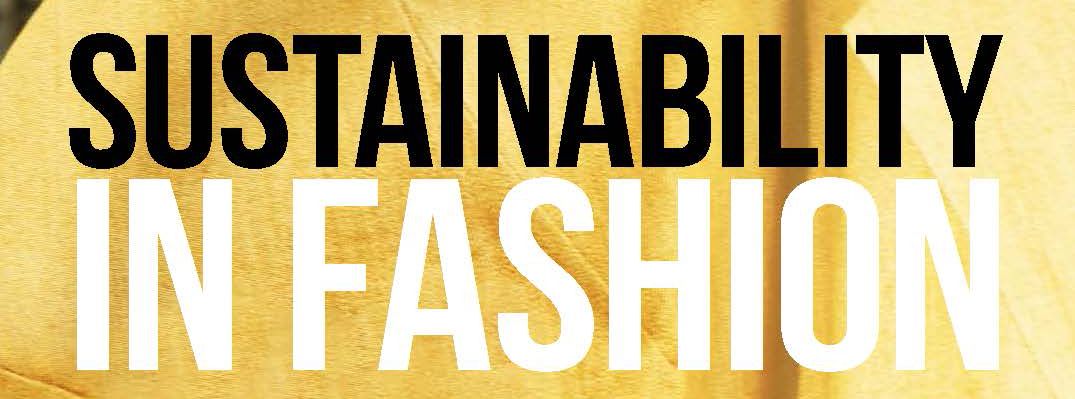Profiling Thrift Store Shoppers with a Decision Tree Predictive Model
Abstract
This study determines which factors influence thrift store clothing shopping behavior based on retail attributes (self-oriented) and personal orientations (others-oriented) using a decision tree model. An online consumer panel survey was distributed to individuals in the US via MTurk. A decision tree of thrift store shopping (TS) is created with RPART. The target variable is the number of items purchased at a thrift store within the past 12 months. The results indicate that membership in the High TS occurs when consumers value the self-oriented attribute of the treasure hunting experience and display the other-oriented attribute of the responsible behavior to some extent. While TS shoppers are generally conscious about the price point in their consumption behavior, the modest influence of the name brand is apparent in consumers’ TS purchase behavior.
Keywords: vintage style, treasure hunting, thrift store, second-hand clothing
How to Cite:
Kwon, T. H., Zaman, M., Song, S. & Kim, Y., (2020) “Profiling Thrift Store Shoppers with a Decision Tree Predictive Model”, Sustainability in Fashion 1(1). doi: https://doi.org/10.31274/susfashion.11459
Downloads:
Download PDF
View PDF

